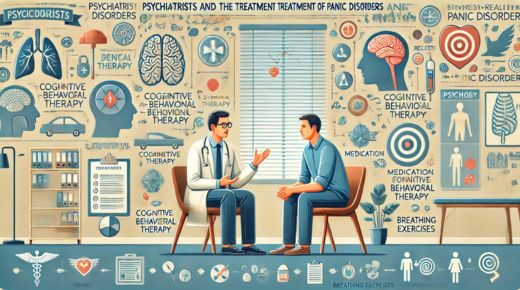Understanding the diagnostic process can seem overwhelming. I will break down the basics of how a general practitioner approaches it. My goal is to simplify things. Imagine visiting your doctor with concerns about headaches or the San Pedro diabetes case you’ve heard about. The doctor listens, asks questions, and examines you. This careful process helps them identify the root cause. By the end of this blog, you will have a clearer understanding of what happens in the exam room.
Initial Consultation: Gathering Information
The first step in diagnostics is the initial consultation. The doctor starts with your medical history. They ask about symptoms, family health patterns, and lifestyle choices. This gives a snapshot of your health. It’s like piecing together a puzzle. Each detail helps the doctor see the bigger picture.
Physical Examination: Checking the Basics
Next comes the physical examination. The doctor examines vital signs such as pulse, temperature, and blood pressure. They might also check specific areas related to your symptoms. For instance, if you have a sore throat, they look at your throat and ears. This hands-on approach helps confirm or rule out possible conditions.
Diagnostic Tests: Gathering More Evidence
If needed, the doctor recommends diagnostic tests. These tests help explore further. Common tests include blood tests, X-rays, and ultrasounds. These provide more data to clarify what’s happening inside the body. Tests are like detectives gathering clues to solve a mystery.
Common Diagnostic Tools
| Tool | Purpose | Example |
| Blood Test | Check for diseases, vitamins, and organ function | Glucose test for diabetes |
| X-ray | View bones and chest | Detect fractures |
| Ultrasound | Visualize soft tissues | Assess abdominal pain |
Diagnosis: Putting It All Together
Once all information is gathered, the doctor evaluates the findings. They consider medical history, physical exam results, and test outcomes. This combination helps them diagnose the condition. The diagnosis is crucial as it guides treatment decisions. At this stage, the doctor has a clear path forward.
Communication: Explaining the Diagnosis
After diagnosing, the doctor explains their findings. Clear communication is essential. The doctor describes the condition and available treatment options. They also answer questions and address concerns. This helps patients understand and feel confident about their health journey.
Follow-Up Care: Monitoring Progress
Regular follow-up is vital for monitoring progress. The doctor may adjust treatments based on your response. This ongoing care ensures that your condition is managed effectively. It’s a dynamic process, adapting as needed to provide the best care.
Additional Resources
For more information on diagnostic tests, visit the MedlinePlus Lab Tests page. Also, the CDC’s Lab Tests and Diagnostic Procedures page offers valuable insights.
Understanding each step of the diagnostic process can ease any anxieties about seeing a doctor. Remember, the goal is to ensure that you receive the best possible care. By simplifying the process, we can appreciate the careful thought and expertise involved in diagnosing health conditions.




